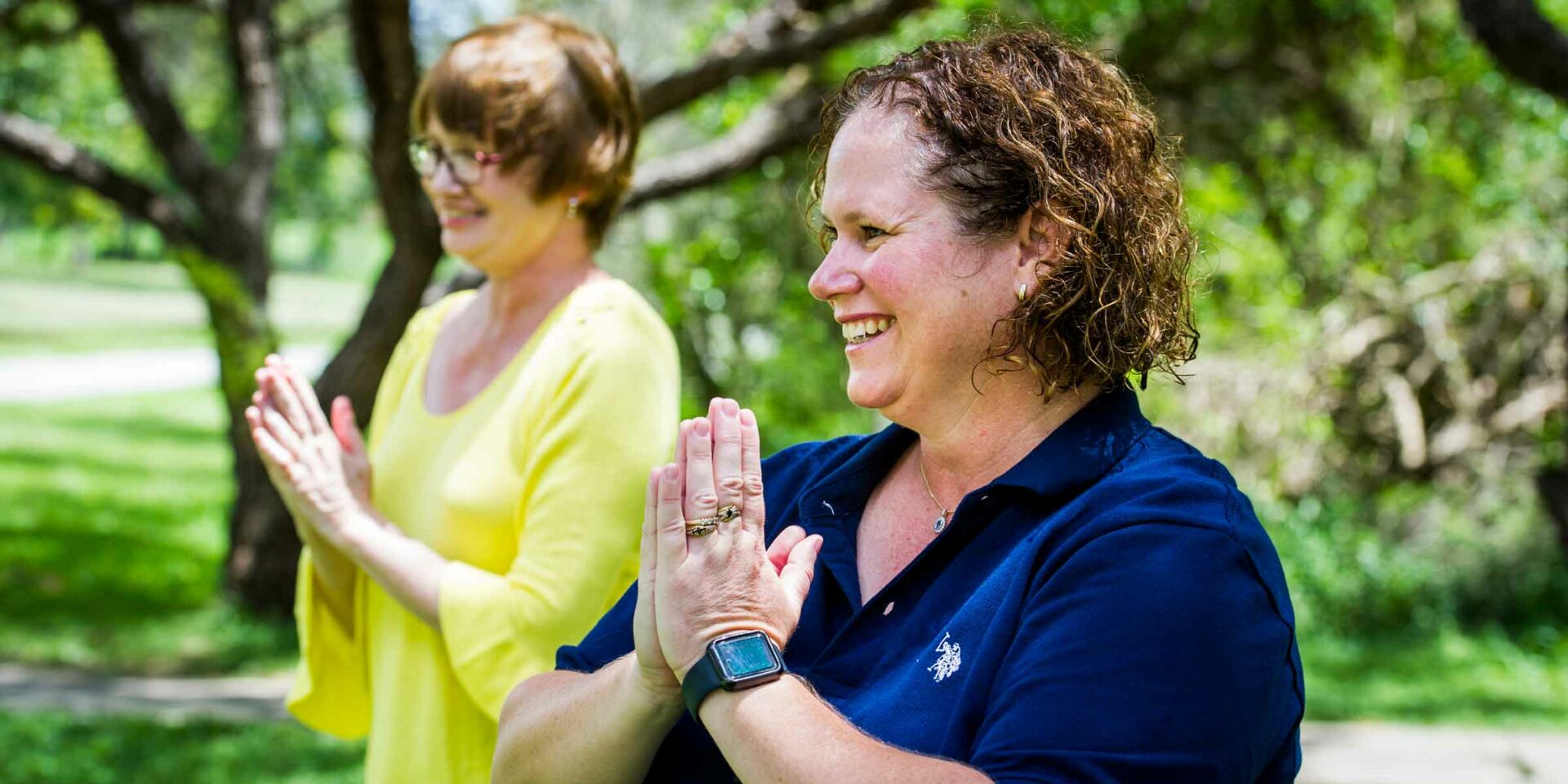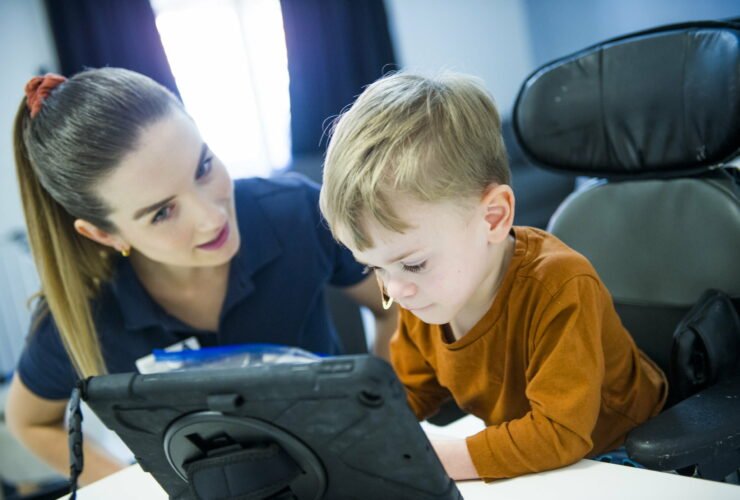All about falls
Did you know?
Falls are Australia’s largest contributor to hospitalised injuries.
Falls are the number one cause of preventable deaths in residential aged care settings.
Falls-prevention programs by Physiotherapists have been shown to reduce falls by up to 55 percent.
Data from 2016-17 indicated 273 people were hospitalised every day due to falls.
Falls have a devastating impact on people’s lives. Injuries from falls can result in hospitalisation, lengthy rehab and, in some cases, admission to aged care. Even in cases that don’t result in hospitalisation, falls can significantly impact an individual’s confidence in their mobility. This fear of falling again leads to a negative cycle of the individual doing less activity, which results in declined muscle strength and balance and thus increases their risk of falling. Another fall is then more likely!
April is known as ‘fall prevention awareness month,’ and April 1 is April Falls Day!
Anyone may experience a fall at any time. But some people are at increased risk of falls, including (but not limited to!):
- More than 1 in 3 people aged 65 or over will fall at least once per year, often more.
- People who are pregnant are at increased risk of falls.
- Adults with intellectual disability have been observed to experience signs of ageing from their third decade in life, and are considered to be at increased risk of falls at a younger age.
- People experiencing mobility or movement disorders are at much greater risk of falls – this can include those with MS, Parkinsons and Huntingtons.
- People with poor cognition, including those with dementia, experience falls at a higher rate than the general population
- Anyone experiencing an acute illness or delirium
- People with vision, hearing or other sensory impairments
Evidence has shown that many falls can be prevented!
Exercise has been shown to reduce the number of falls over time by around 23%. High challenge balance exercises of sufficient dose can increase the effect of exercise, to up to 40%. Multicomponent and multifactorial interventions that include education, home safety modifications, foot health, strength and balance exercises, vision screenings and medication reviews have also been shown to be effective at reducing falls.
In one study, a targeted falls prevention program by Physiotherapists within a residential aged care setting saw falls reduced by up to 55%!
If you are worried yourself or a loved one at risk of falls, speak to an experienced Physiotherapist who can provide education and assessment to reduce your risk of falls.
Adaptability Therapy’s team of Physiotherapists have extensive experience preventing falls within aged care settings, as well as in the community with adults with a range of neurological and physical disabilities.
Sources
https://www.cec.health.nsw.gov.au/keep-patients-safe/older-persons-patient-safety-program/falls-prevention
https://australian.physio/research/prf/translation/falls-prevention-australian-residential-aged-care
https://www.safetyandquality.gov.au/our-work/comprehensive-care/related-topics/falls-prevention
https://bmcgeriatr.biomedcentral.com/articles/10.1186/s12877-018-0862-8
https://fallsnetwork.neura.edu.au/aprilfalls/


